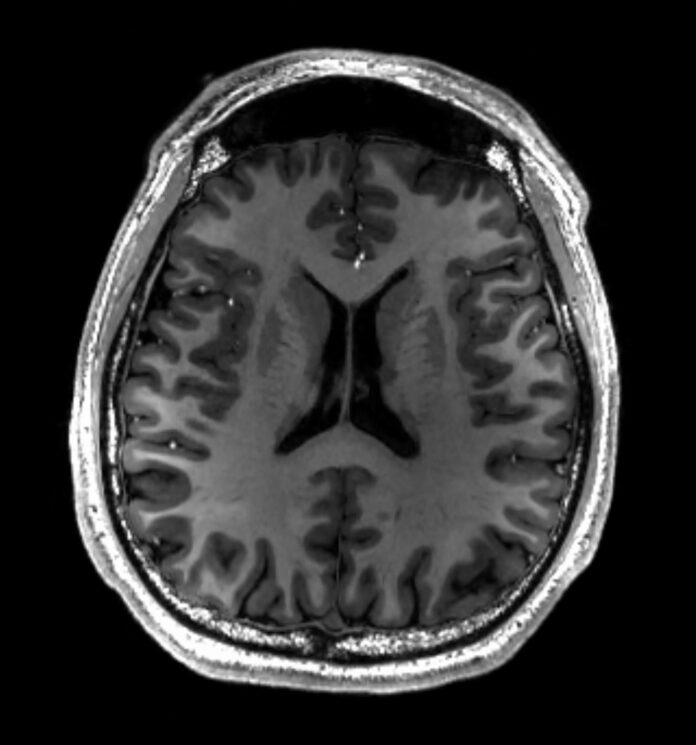
Bone cancer is a rare type of cancer that develops in the bones. It can occur in any bone in the body, but it most commonly affects the long bones in the arms and legs. Detecting bone cancer early is critical for effective treatment, and one of the most common ways to diagnose bone cancer is through the use of medical imaging techniques such as MRI (magnetic resonance imaging).
MRI is a non-invasive and painless imaging technique that uses a magnetic field and radio waves to create detailed images of the inside of the body. It is particularly effective in detecting bone cancer because it provides high-resolution images of the bones and soft tissues surrounding them. MRI can help doctors identify any abnormalities in the bone structure, such as tumors, and can also show whether the cancer has spread to nearby tissues or organs.
When it comes to detecting bone cancer, MRI is one of the most effective imaging techniques available. Unlike other imaging techniques such as X-rays and CT scans, which primarily provide detailed images of the bones, MRI can also show the soft tissues surrounding the bones, such as muscles, ligaments, and tendons. This can be particularly useful in diagnosing bone cancer, as tumors can affect these soft tissues as well.
MRI is also effective in detecting bone cancer in its early stages. Because it provides high-resolution images of the bones and soft tissues, it can detect small tumors that may not be visible on other imaging techniques. This is crucial for early detection and treatment, as bone cancer can be more easily treated when it is caught in its early stages.
Furthermore, MRI can help doctors determine the extent of the bone cancer and whether it has spread to other parts of the body. This is important for staging the cancer and determining the most appropriate treatment plan for the patient. MRI can also help doctors monitor the effectiveness of treatment and determine if the cancer has metastasized to other areas of the body.
In addition to its effectiveness in detecting bone cancer, MRI is also a safe imaging technique. Unlike X-rays and CT scans, which use ionizing radiation to create images, MRI uses a magnetic field and radio waves, making it a safer option for patients, especially for those who need to undergo frequent imaging tests.
However, it is important to note that MRI is not the only imaging technique used to detect bone cancer. X-rays, CT scans, PET scans, and bone scans are also commonly used in the diagnosis and staging of bone cancer. Each imaging technique has its advantages and limitations, and doctors may use a combination of these techniques to obtain a comprehensive view of the extent and nature of the bone cancer.
Overall, MRI is an effective and safe imaging technique for detecting bone cancer. It provides high-resolution images of the bones and soft tissues, allowing doctors to identify tumors and determine the extent of the cancer. MRI is particularly useful in detecting bone cancer in its early stages, which is crucial for effective treatment. While MRI is not the only imaging technique used for detecting bone cancer, it plays a crucial role in the diagnosis and staging of the disease.
In conclusion, MRI is an effective imaging technique for detecting bone cancer. Its ability to provide high-resolution images of the bones and soft tissues makes it a valuable tool in the diagnosis and staging of bone cancer. MRI is particularly useful in detecting bone cancer in its early stages, which is crucial for effective treatment. It is also a safe imaging technique, making it a preferred option for patients who need to undergo frequent imaging tests. While MRI is not the only imaging technique used to detect bone cancer, it plays a crucial role in the diagnosis and treatment of this rare type of cancer.

















